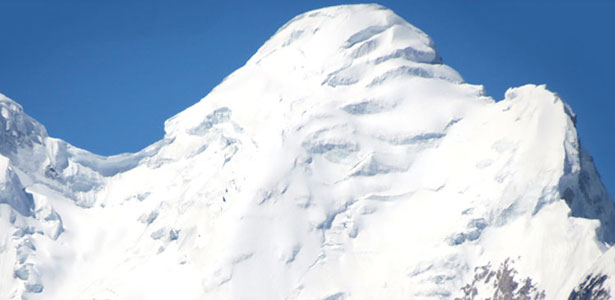 |
| Kailash Parikrama |
To
the religious amongst the Hindus, Buddhists, Jains and Bons, the place calls
you. The Almight commands and you HAVE to go! Period. To
the rest, it the sheer sense of adventure which brings them to Kailash
Mansarovar. Doing the Kailash Parikrama tests one’s endurance to its limits as
also the sense of devotion!
Those
of you who intend to make this journey, there are varied tour operators in
India as also Pune. Try doing a reliability test on these before committing
yourself. This is no walk-in-the-park activity and needs a humongous amount of
preparation what with the entire area of Kaliash Manasarovar and Kailesh
Parikrama being in a disputed territory and that too in a country sharing not exactly
very friendly relations with India. Raghukul Holidays of Pune is one such
reliable tour operator with requisite experience.
Location of Mount Kailash is also very interesting. Mt
Kailash stands at 6638 meters above sea level in a plateau region of Tibet
Autonomous Region coming under China. Its location on the map shows its
proximity with India being about 200 kilometers by foot. The Kailash Parikrama
itself is another 55-60 kms. In
itself, Mt Kailash is quite a quirk of nature. It stands tallest on a high,
windy, dry and desolate plateau which is devoid of any kind of vegetation. No
trees for miles together. On the plateau, you get to see two things, rugged
mountains….and Mt Kailash standing majestically in the backdrop. It does have a
weird pyramid-like shape with all kinds of theories about its origins.
The
circumambulation of this mountain known in India as “Kailash Parikrama” takes
55-60 kilometers and has to be done only on foot. Means like vehicles, ponies,
yak etc do not figure- at least as far as the parikrama goes. It takes
approximately 3 days of walking/ trekking to make one round of Mt Kailash. Starting from a height of approx 15,000 ft (4,600 m) past the
Tarboche (flagpole) to cross the Drölma pass at 18,200 ft (5,500 m),
and encamping for two nights en route. First, near the meadow of Dirapuk gompa,
some 2 to 3 km (1.2 to 1.9 mi) before the pass and second, after
crossing the pass and going downhill as far as possible.
One
thing everyone should know clearly is that doing this parikrama is very, very
touch and challenging. One is pitted against nature’s worst in terms of extreme
climate, thin air and treacherous terrain. You can reach the base of the
mountain by mechanized means such as jeeps but to be able to go around it is
another story. There are no roads and one has to trek through high mountain
passes situated at a great height making breathing an excruciatingly difficult
exercise. But
then, to gain the presence of the almighty, you have to give up something which
may be your precious time, efforts and resources.
Go right ahead. Plan, execute and be blessed
because it happens only once in a lifetime that you get to visit the almighty-
ALIVE!
Sources :-
1) Wikipedia
--------------------x----------------------
Please feel free to post your comments below.
About Author :- Amit Kulkarni is the founder of Raghukul Holidays.


















